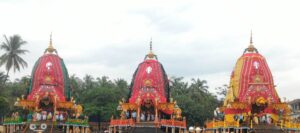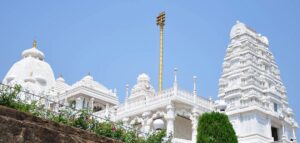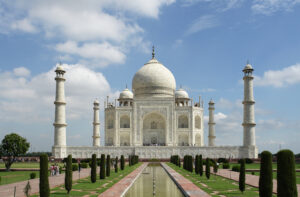
AMARAVATI 4 : TEMPLE OF THE GODDESS KANAKA DURGA
Kanaka Durga Temple is a famous hindu Temple of Goddess Durga located in Vijayawada, Andhra Pradesh. The temple is located on the Indrakeeladri hill, on the banks of Krishna River. Kaalika puraana, Durgaa sapthashati and other vedic literature have mentioned about Goddess Kanaka Durga on the Indrakeelaadri and have described the deity as Swayambhu, (self-manifested) in Triteeya kalpa […]
Continue Reading



































